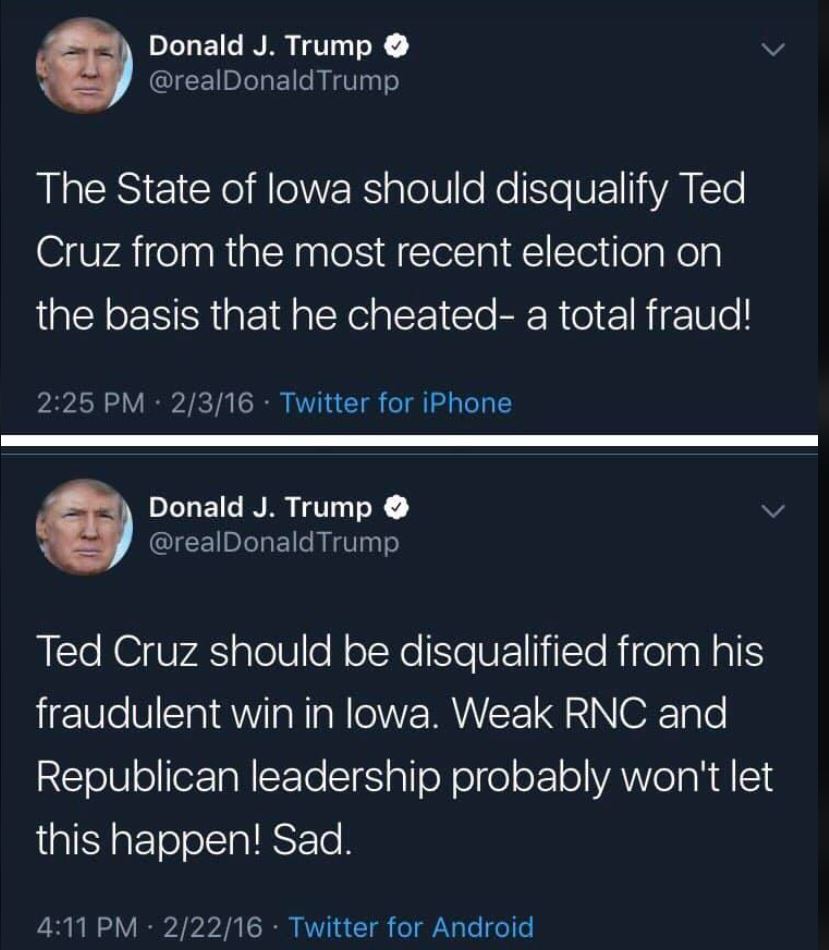PoliticalChic
Diamond Member
Nobody is better at cheating in an election than the Democrats.
No-body.
1. If the US Constitution holds force, then the only body that can alter the “time, place, and manner” of elections is the elected state legislature.
Not state governors,
election officials,
attorneys general,
state courts,
state constitutions,
sec’ys of state,
election commission......
....or ....some other body.
2. In Arizona, it was the Democrat Sec'y of State.
"In Arizona... Biden’s surprising victory can be directly linked to Democratic secretary of state Katie Hobbs, who beat Republican Steve Gaynor in 2018. Hobbs, a social worker for twenty years, may have learned how to use absentee and late- arriving mail ballots to fudge the voting system from her own experience when she herself got elected in 2018. The tsunami that was Arizona’s election in 2020 had been preceded by a similar one in 2018. You would think the Republican Party would have learned from that experience and prepared better to prevent a repeat in 2020, but go figure! In 2018, the Republican Senate candidate Martha McSally beat Democrat Kyrsten Sinema in their race to fill a vacant US Senate seat.
3. That is, McSally won on election night. Then, over the next week, hundreds of thousands of early, absentee, and provisional ballots were reviewed, contested, and counted—and at the end ofit all, Arizonans found out that Sinema had won.
4. And the exact same thing happened in Hobbs’s race for secretary of state. Republican Steve Gaynor led on election night by 40,000 votes, only to lose by 20,252 votes when the final count was certified."
Dick Morris, "The Return"
5. Chris Buskirk, writing in Real Clear Politics, explains that, in race after race that year in Arizona, “Republicans wound up on the losing end.” In all of these races, he writes, the Republican led on election night, only to lose his lead when the final certified count came a week or more later.” He asks the obvious questions: “How could this happen? Was it legitimate, or is there a real reason for concern over the integrity of the election? Contributing to the suspicion is not only the lead changes, but the substantial amount of time between Election Day and the certification of the vote. Most people understand intuitively that the more time that elapses, the more opportunity there is for cheating.”
No-body.
1. If the US Constitution holds force, then the only body that can alter the “time, place, and manner” of elections is the elected state legislature.
Not state governors,
election officials,
attorneys general,
state courts,
state constitutions,
sec’ys of state,
election commission......
....or ....some other body.
2. In Arizona, it was the Democrat Sec'y of State.
"In Arizona... Biden’s surprising victory can be directly linked to Democratic secretary of state Katie Hobbs, who beat Republican Steve Gaynor in 2018. Hobbs, a social worker for twenty years, may have learned how to use absentee and late- arriving mail ballots to fudge the voting system from her own experience when she herself got elected in 2018. The tsunami that was Arizona’s election in 2020 had been preceded by a similar one in 2018. You would think the Republican Party would have learned from that experience and prepared better to prevent a repeat in 2020, but go figure! In 2018, the Republican Senate candidate Martha McSally beat Democrat Kyrsten Sinema in their race to fill a vacant US Senate seat.
3. That is, McSally won on election night. Then, over the next week, hundreds of thousands of early, absentee, and provisional ballots were reviewed, contested, and counted—and at the end ofit all, Arizonans found out that Sinema had won.
4. And the exact same thing happened in Hobbs’s race for secretary of state. Republican Steve Gaynor led on election night by 40,000 votes, only to lose by 20,252 votes when the final count was certified."
Dick Morris, "The Return"
5. Chris Buskirk, writing in Real Clear Politics, explains that, in race after race that year in Arizona, “Republicans wound up on the losing end.” In all of these races, he writes, the Republican led on election night, only to lose his lead when the final certified count came a week or more later.” He asks the obvious questions: “How could this happen? Was it legitimate, or is there a real reason for concern over the integrity of the election? Contributing to the suspicion is not only the lead changes, but the substantial amount of time between Election Day and the certification of the vote. Most people understand intuitively that the more time that elapses, the more opportunity there is for cheating.”






